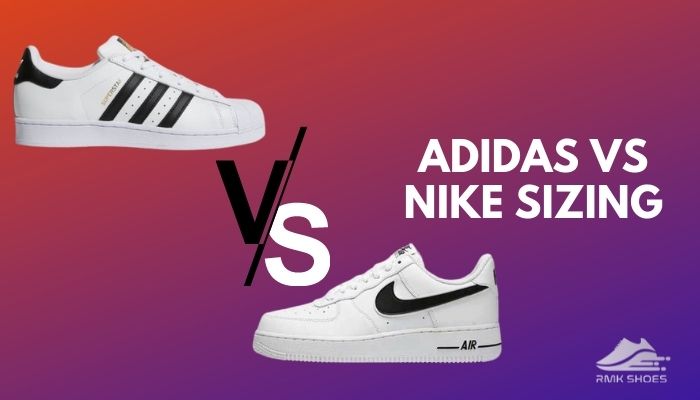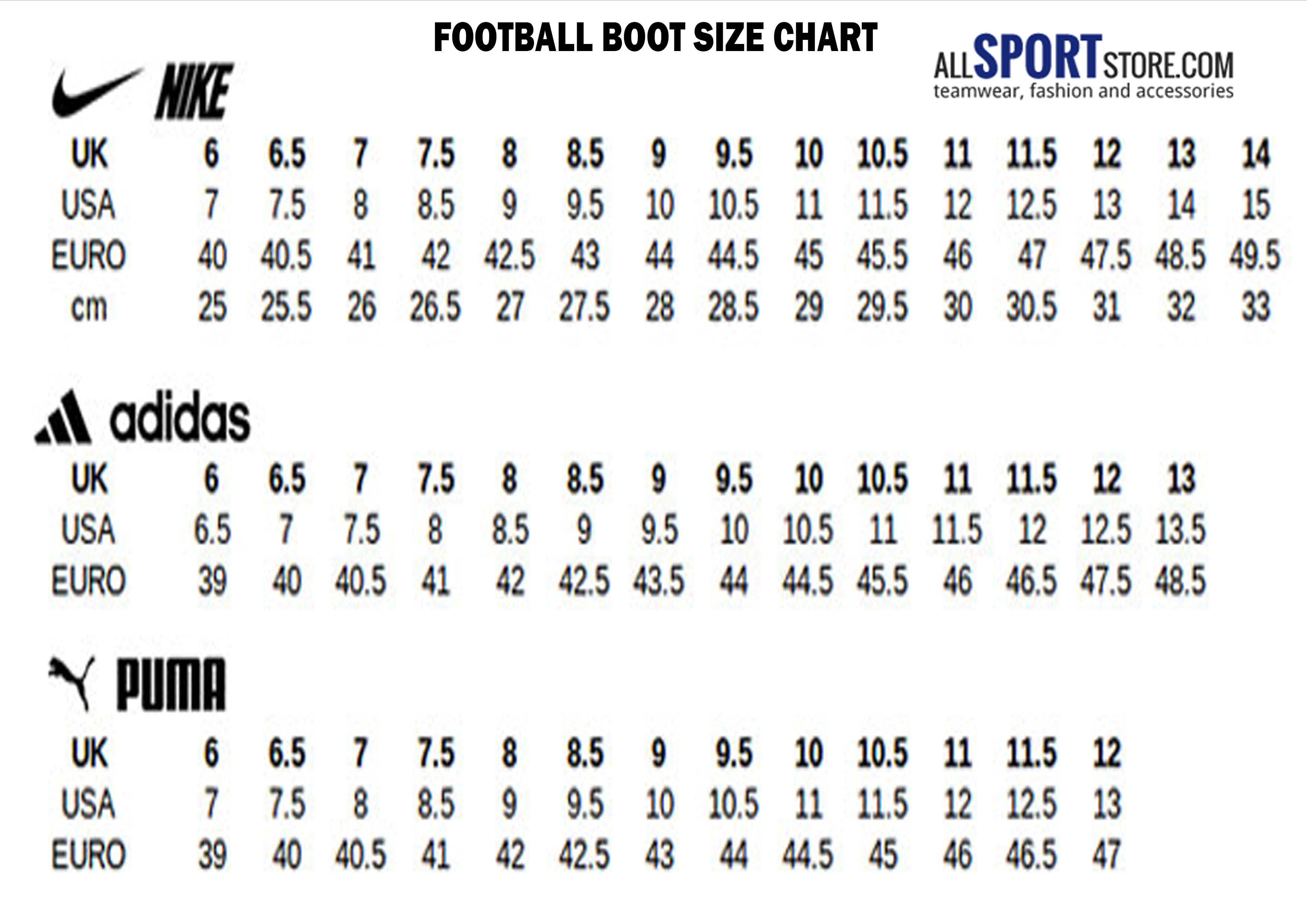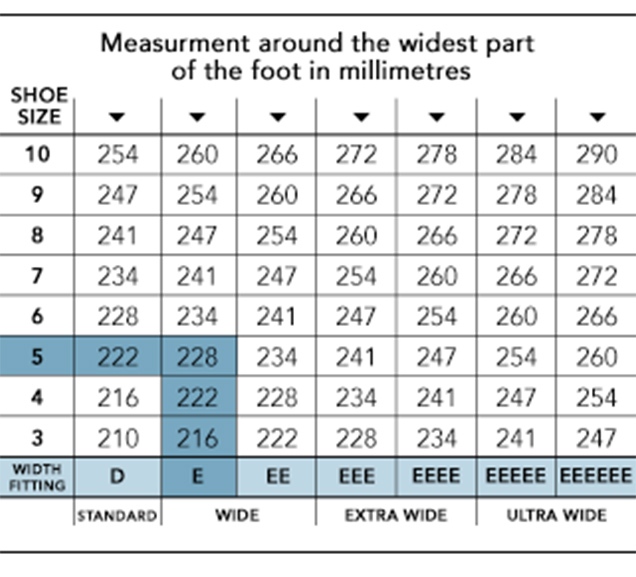Understanding Shoe Sizing: The Differences Between Adidas and Nike
When it comes to athletic footwear, Adidas and Nike are two of the most popular brands on the market. However, some customers have noticed discrepancies in sizing between the two brands, often wondering, “Do Adidas run bigger than Nike?” The answer to this question is not a simple yes or no, as various factors can influence shoe fit. This article aims to provide a comprehensive understanding of the differences in sizing between Adidas and Nike, helping you make informed decisions when purchasing new shoes.
How to Measure Your Feet for Accurate Shoe Size
To ensure a proper fit when purchasing shoes from Adidas or Nike, it’s essential to measure your feet accurately. Start by measuring the length of your foot from heel to toe, using a ruler or a measuring tape. Next, measure the width of your foot at its widest point, typically near the base of your toes. Record both measurements, as they will help you determine your shoe size for both Adidas and Nike.
When to measure feet: It’s best to measure your feet in the morning, as feet tend to swell throughout the day. Measure your feet while wearing the socks you typically wear with athletic shoes. This will help ensure a more accurate shoe size conversion.
Converting measurements to corresponding shoe sizes: Both Adidas and Nike use a standard shoe sizing system, with slight variations between brands. Use a shoe size chart to convert your foot measurements to corresponding shoe sizes for each brand. Keep in mind that some people may find they need to size up or down a half size to achieve the best fit.
It’s worth noting that the question, “Do Adidas run bigger than Nike?” can be misleading, as sizing can vary between different models and styles within each brand. Properly measuring your feet and understanding the specific sizing of each shoe model is crucial for finding the best fit.
Popular Adidas and Nike Models: A Closer Look at Sizing
To better understand the sizing differences between Adidas and Nike, let’s analyze some popular models from each brand. Adidas’ flagship running shoe, the Adizero Adios, is known for its sleek design and responsive cushioning. However, some customers find that the Adizero Adios runs slightly smaller than Nike’s comparable model, the Pegasus series. In contrast, Adidas’ Ultraboost line tends to have a roomier fit, which may contribute to the perception that Adidas shoes run larger than Nike’s.
Nike’s Air Max series, featuring the iconic Air Max cushioning, is another popular choice among athletes. These shoes generally fit true to size, but some customers have reported that certain models, like the Air Max 270, can run a bit narrow. This can make it challenging for those with wider feet to find the perfect fit in Nike shoes, potentially leading them to explore Adidas options instead.
Real-life examples: A customer with average foot measurements might find that a men’s size 10 in Nike’s Pegasus series provides a snug, comfortable fit. However, when trying on Adidas’ Ultraboost in the same size, they might notice a slightly roomier toe box and overall fit. Conversely, a customer with wider feet might struggle to find a comfortable fit in Nike’s Air Max 270, instead opting for Adidas’ Ultraboost or other models with a wider fit.
In summary, sizing and fit can vary between popular Adidas and Nike models, making it essential to consider factors beyond the brand when purchasing new shoes. While some customers may perceive Adidas as running bigger than Nike, understanding personal foot shape and specific model sizing is crucial for finding the best fit.
Factors Influencing Shoe Fit: Width, Arch Type, and Toe Box Shape
When considering the question, “Do Adidas run bigger than Nike?”, it’s essential to examine factors beyond the brand that can impact shoe fit. These factors include shoe width, arch type, and toe box shape. Understanding how these elements influence fit can help you find the best shoes for your feet, regardless of the brand.
Shoe Width
Shoe width is a critical factor in achieving a comfortable fit. Both Adidas and Nike offer shoes in various widths, from narrow to extra wide. If you have wider or narrower feet, you might find that one brand caters better to your foot shape than the other. For example, some customers find that Adidas shoes generally offer more width and accommodate wider feet better than Nike shoes.
Arch Type
Arch type also plays a significant role in shoe fit. People with high arches, low arches, or neutral arches may require different levels of support and cushioning. Adidas and Nike both design shoes with various arch support options, so understanding your arch type can help you select the best shoes for your feet.
Toe Box Shape
Toe box shape is another factor to consider when evaluating shoe fit. Some people have wider or narrower toes, which can affect comfort and overall fit. Adidas and Nike shoes come in various toe box shapes, so it’s essential to find a shoe that accommodates your toe shape for optimal comfort.
Tips for accommodating these factors: When selecting shoes, pay attention to the shoe’s width, arch support, and toe box shape. If you have wider feet, look for shoes that offer a wider fit or extra width options. If you have high arches, seek shoes with additional arch support. For those with wider or narrower toes, prioritize shoes with a toe box shape that accommodates your foot shape.
In conclusion, while some customers may perceive Adidas as running bigger than Nike, understanding the factors that influence shoe fit can help you make informed decisions when purchasing new shoes. By considering shoe width, arch type, and toe box shape, you can find the best Adidas or Nike shoes for your feet, ensuring a comfortable and supportive fit for your athletic activities.
Trying on Shoes: The Importance of In-Store Fittings and Returns
When it comes to finding the right shoe size, in-store fittings and returns play a crucial role in ensuring a proper fit. Both Adidas and Nike stores offer in-store fittings, allowing customers to try on shoes and assess their fit before purchasing. This hands-on approach can help customers better understand the nuances between Adidas and Nike sizing and make more informed decisions.
In-store fittings provide several benefits. First, customers can get a feel for the shoe’s materials, cushioning, and support. This tactile experience can help determine whether the shoe is a good match for their foot shape and athletic activity needs. Second, in-store fittings allow customers to test the shoe’s fit by walking or jogging in them. This can help identify any potential issues, such as heel slippage or tightness in the toe box.
Returns are another essential aspect of finding the right shoe size. If a customer’s initial purchase does not fit as expected, they can take advantage of return policies to exchange the shoes for a different size or model. This flexibility ensures that customers can find the best possible fit for their feet, even if it means trying multiple sizes or brands.
To make the most of in-store fittings and returns, consider the following tips:
- Wear the socks you typically use for athletic activities when trying on shoes.
- Try on shoes later in the day, as feet tend to swell throughout the day.
- Walk or jog in the shoes to assess their fit and comfort.
- Take advantage of return policies if the shoes do not fit as expected.
In conclusion, in-store fittings and returns are vital components of finding the right shoe size. By trying on shoes and taking advantage of return policies, customers can ensure a proper fit and mitigate any perceived sizing discrepancies between Adidas and Nike. Understanding these processes can help customers make informed decisions when purchasing new shoes, ultimately leading to a more comfortable and supportive athletic experience.
Tips for Achieving a Comfortable Fit in Adidas and Nike Shoes
Finding the right shoe size is crucial for ensuring a comfortable and supportive fit, especially when it comes to athletic activities. While some customers may perceive Adidas as running bigger than Nike, understanding how to accommodate factors such as shoe width, arch type, and toe box shape can help mitigate any perceived sizing discrepancies between the two brands. Here are some tips for achieving a comfortable fit in Adidas and Nike shoes:
Adjust Lacing Techniques
Experimenting with different lacing techniques can help create a more customized fit for your feet. For example, if you have high arches, try using a heel-lock lacing method to provide additional support. If you have wider feet, consider using a modified lacing pattern that skips eyelets in the midfoot area to create more space in the toe box.
Use Insoles
Insoles can provide additional cushioning, support, and arch support, helping to improve the overall fit of your shoes. Both Adidas and Nike offer a range of insoles designed to accommodate various foot shapes and athletic activities. Consider trying different insoles to find the best fit for your feet.
Break in New Shoes
Breaking in new shoes can help improve their fit and comfort over time. To break in new shoes, wear them around the house for short periods, gradually increasing the amount of time you spend in them. This can help stretch out the materials and create a more comfortable fit.
By employing these tips, customers can achieve a more comfortable fit in Adidas and Nike shoes, regardless of whether they perceive Adidas as running bigger than Nike. Understanding these techniques can help customers make informed decisions when purchasing new shoes, ensuring a supportive and enjoyable athletic experience.
Considerations for Athletic Activities: Running, Basketball, Soccer, and More
When it comes to athletic activities, selecting the right shoes is crucial for both performance and injury prevention. The sizing and fit of Adidas and Nike shoes can vary depending on the specific activity, so it’s essential to consider factors such as cushioning, support, and traction when making your selection.
Running
For running, prioritize shoes with ample cushioning and support to absorb impact and protect your joints. Adidas’ Ultraboost and Nike’s Air Zoom Pegasus series are popular choices for runners due to their responsive cushioning and secure fit. However, it’s essential to try on these shoes and assess their fit, as some customers may perceive Adidas as running bigger than Nike.
Basketball
Basketball shoes should provide excellent ankle support, traction, and cushioning to accommodate the quick cuts, jumps, and landings inherent in the sport. Adidas’ Crazy Explosive and Nike’s Kyrie series are well-regarded for their support and traction, but customers should ensure a proper fit by trying them on in-store or taking advantage of return policies if necessary.
Soccer
Soccer shoes should offer a snug fit, excellent ball control, and sufficient traction for grass or artificial turf surfaces. Adidas’ Copa series and Nike’s Magista series are popular choices among soccer players, but it’s crucial to consider factors such as width and arch support when selecting the right size.
In conclusion, understanding the specific needs of your athletic activity can help you select the best Adidas or Nike shoes for your needs. By considering factors such as cushioning, support, and traction, and trying on shoes in-store or utilizing return policies, customers can ensure a proper fit and enjoyable athletic experience, regardless of whether they perceive Adidas as running bigger than Nike.
Making an Informed Decision: Balancing Perception and Reality
When it comes to the question, “Do Adidas run bigger than Nike?”, it’s essential to consider the various factors that can influence shoe fit, such as width, arch type, and toe box shape. While some customers may perceive Adidas as running bigger than Nike, understanding personal foot shape, athletic activity needs, and how to achieve a comfortable fit can help make informed decisions when purchasing new shoes.
To ensure a proper fit, start by measuring your feet accurately, taking into account both length and width. Utilize in-store fittings and return policies if necessary, and consider factors such as cushioning, support, and traction when selecting shoes for specific athletic activities.
By keeping these considerations in mind, customers can find the best Adidas or Nike shoes for their needs, regardless of any perceived sizing discrepancies between the two brands. Remember, finding the right shoe size and fit is crucial for both performance and injury prevention, so take the time to make informed decisions when purchasing new shoes.








